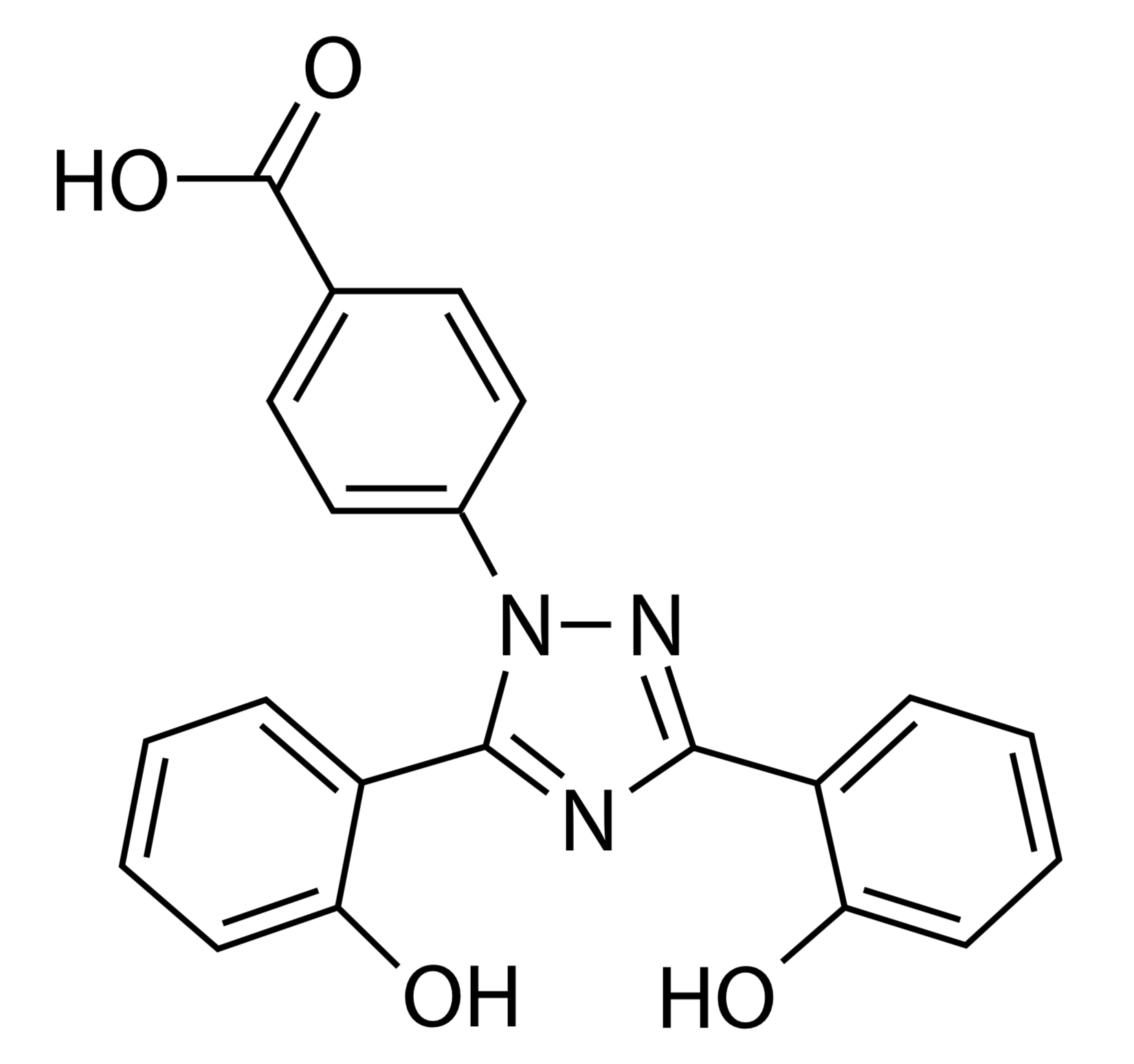AE, adverse event; ALT, alanine aminotransferase; DF, dispersible formulation; DFX, deferasirox; FCT, film coated tablet; GI, gastrointestinal; IOL, iron overload.
1List AF, et al. J Clin Oncol. 2012;30:2134-9. 2Gattermann N, et al. Leuk Res. 2010;34:1143-50. 3Cappellini MD, et al. Blood. 2006;107:3455-62. 4Angelucci EA, et al. Blood. 2018;132:abstract 234. 5Gattermann N, et al. Leuk Res. 2005;29(Suppl 1):S67. 6Taher A, et al. American J Hematol. 2017;92:420-8. *Note that in clinical practice, the dose adjustment for Jadenu from Exjade has been sometimes more and sometimes less effective than in the clinical trials and the dose might need to be adjusted accordingly.




